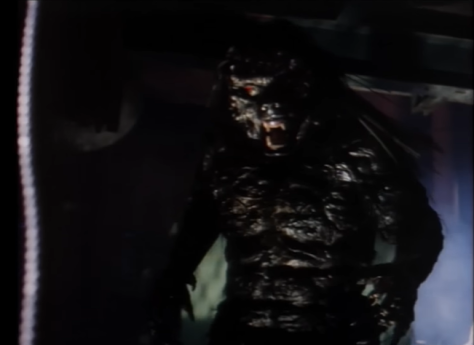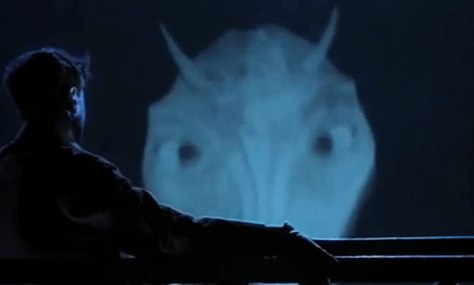
All told, 2002 seems like the appropriate point where the strain of big studio Creature Features should come to an evolutionary dead end—Reign of Fire continued the trends of genre mixing and the infatuation with all the things CGI would let filmmakers put on screen, but scaled up to a world-demolishing scope that was in keeping with the increasingly bombastic blockbusters of the turn of the millennium. I’m sure the studio and screenwriters Gregg Chabot, Kevin Peterka, and Matt Greenberg (the latter having done uncredited rewrites on Mimic) thought that renewed interest in high fantasy thanks to movies like The Lord of the Rings would directly benefit their high concept of portraying fantasy-style dragons with a Sci-Fi approach to “realism”—instead, this turned out to be box office disappointment (although its $60 Million dollar budget was relatively modest in that era), and big studios stopped being so keen about putting that much money into monster movies. That leaves us with a mildly novel take on giant monsters and post-apocalyptic world building that oozes 2002 from every pore.
Continue reading Reign of Fire (2002)


